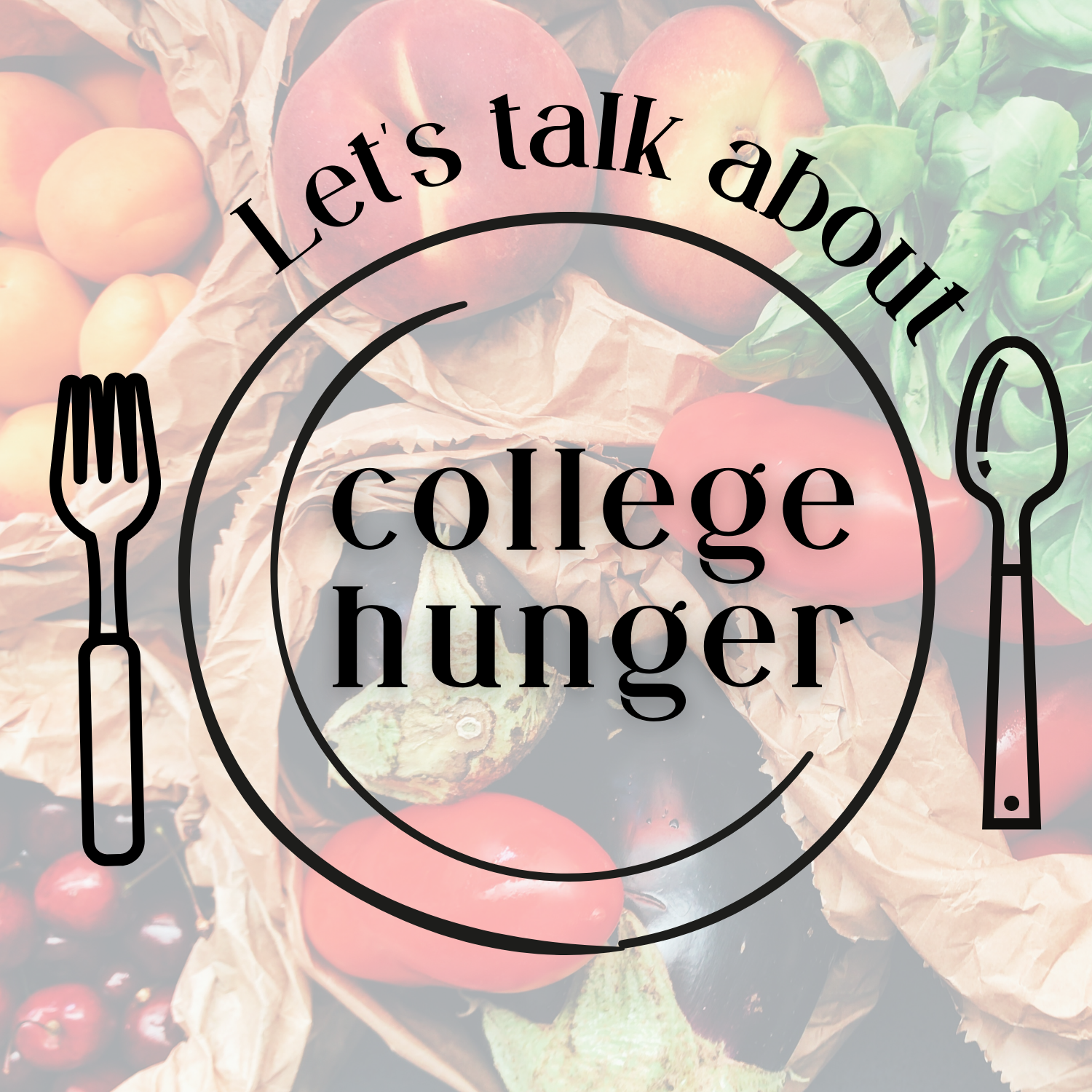
Let’s Talk About College Hunger
Do you often have hunger pangs during class? Do you worry that you will run out of food before you get money to buy more? Do you cut the size of meals or skip meals because there is not enough money for food? If so, you are not alone.
Research tells us that 1 in 3 students at four-year colleges are food-insecure. Food insecurity is defined as lack of access to a reliable and affordable supply of nutritious food.
Campus shutdowns related to COVID-19 caused the rate of college hunger to double in some states. Rising tuition costs and recent inflation have made attending college more expensive than ever.
Cassidie Carmen Bates, the Government & Public Affairs Manager of the Food Bank of Contra Costa and Solano explains, “With inflation at a 40-year high—over 9 percent—prices for food items like eggs and meat are up by 19.4 percent, meaning that food is currently more costly now than other goods. These prices continue to impact the most vulnerable in our community, especially in combination with elevated gas prices, supply chain shortages, and the long-term effects of the COVID pandemic persist. The Food Bank of Contra Costa and Solano works to meet the needs of our community through direct distributions every day of the week throughout our two-county service area; simultaneously, we engage in legislative advocacy alongside community advocates with lived experience with food insecurity to collectively build a stronger social safety net that effectively addresses the root causes of hunger in our region."
In California, 2 in 5 students are eligible for Calfresh benefits, California’s grocery assistance program that can provide college students with up to $250 a month to purchase food. Benefits are deposited monthly on a plastic Electronic Benefits Transfer (EBT) card that works like a debit card and can be used to buy items at most grocery stores and farmers’ markets.
According to the California Student Aid Commision in 2022, it is estimated that between 400,000 and 750,000 of postsecondary students in California are eligible for CalFresh. Yet only 127,000 students receive food benefits through CalFresh.
SMC class of 2021 graduate Lydia Deng shares her experience, “Since receiving CalFresh benefits in graduate school, I now have peace of mind when it comes to consistently having groceries. As a student, we have to balance our classes and the costs of living – sometimes we put off feeding ourselves well. I am so grateful to have one less worry and I hope others can benefit too!”
Access to healthy food is essential for every college student’s success. Students who are food-insecure are at higher risk for long term health issues including obesity and diabetes, may experience higher rates of depression and anxiety, obtain lower GPA’s, and are more likely to withdraw from college before earning their degree.
Saint Mary’s Division of Student Life Wellness Services recently initiated food insecurity screening as part of their initial intake process for students who seek their services. Students who screen positive are given information about the SMC GaelPantry; the Food Bank of Contra Costa and Solano, and live CalFresh application support.
If you have struggled with food insecurity and would like to share your story, email Jenny Berten, Health & Wellness Center RN, at jhb8@stmarys-ca.edu. Or, share your hunger story with the Food Research and Action Center here.